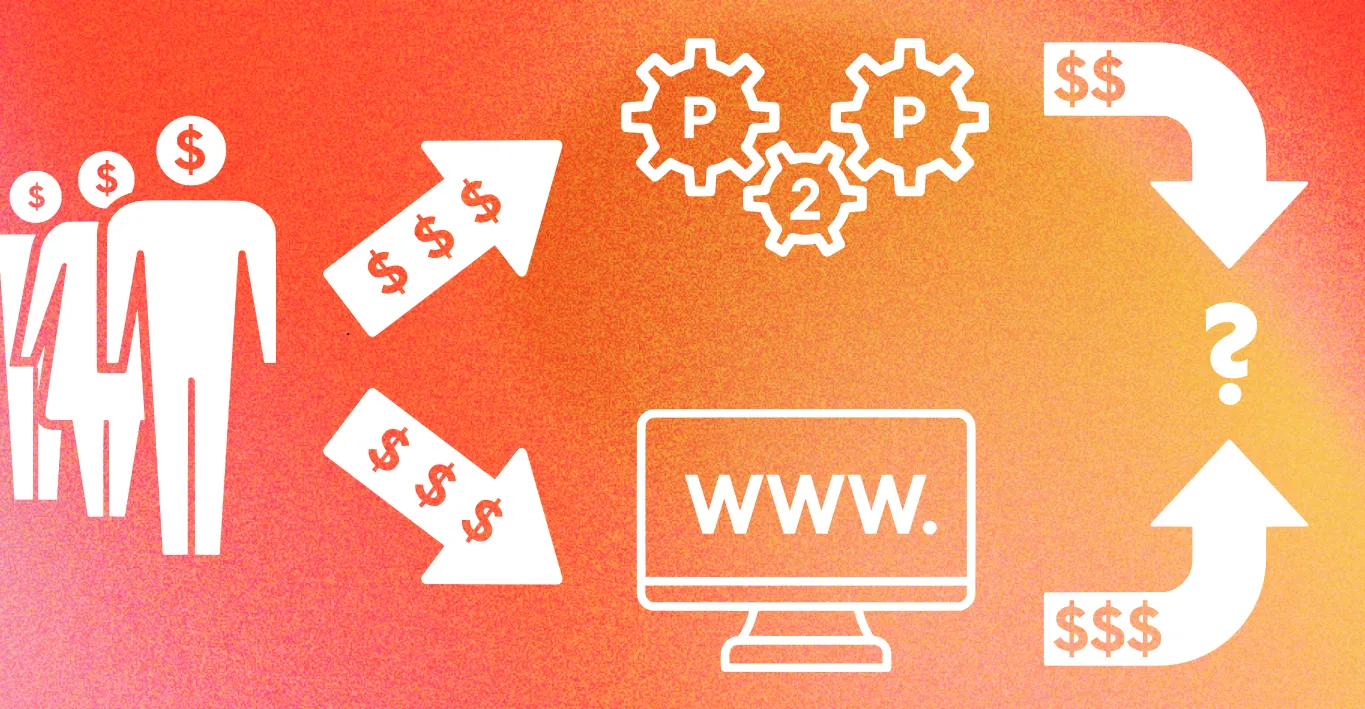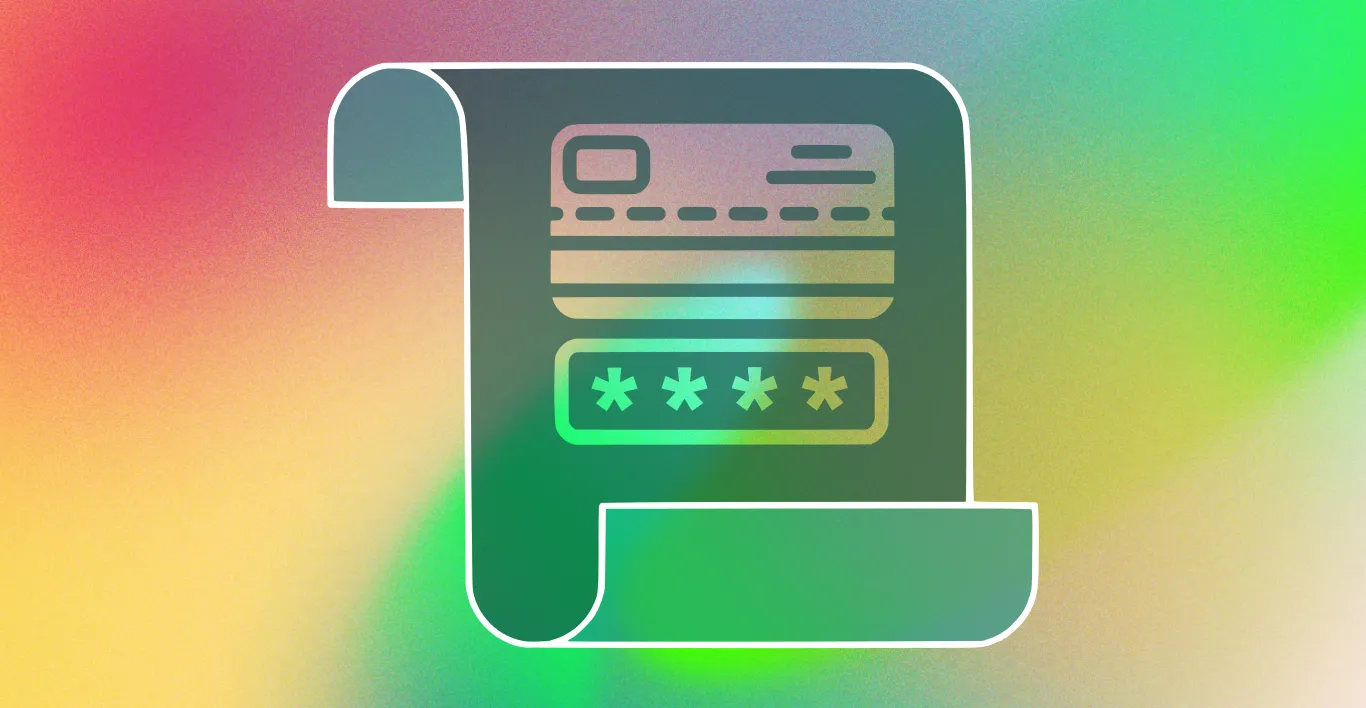Are free lunches really free? When it comes to software services, probably not.
Charities and nonprofits naturally find ‘free’ software solutions very attractive. There are options out there for everything from donation platforms to email campaigning systems, and even full blown CRM solutions or ERP software packages.
For nonprofits, these choices seem like more than just bottom-line belt-tightening. A moral dimension enters the cost-benefit equation. Less costs mean more material support for your cause. These free software options make your donor’s giving more impactful, and your organization as a whole more effective.
Or so it would seem.
The reality is however that ‘free’ software options come with serious costs. Not at the point of download or installation, but much later on. Potentially with much more devastating results.
Before you put the word “free” into whatever search engine you use alongside the type of software your charity needs, keep the next seven reasons in mind as to why you shouldn’t.
1. Free tools aren’t fully fledged
Free versions of software that you’ll need to run your non-profit often have enough to make them functional, but little to go beyond that. Without the full range of features and options, many adaptations and adjustments you might need to make to your approaches may not be possible.
Your donation platform’s suggested amount numbers may be fixed.
Your campaign organization platform may be only able to handle one appeal at a time.
Your email marketing suite may not report open rates or read time.
Your CRM may only have a limited size to its contact database.
All these feature limitations have the potential to seriously hamper your nonprofits ability to source donations, build awareness, and develop relationships with key communities and stakeholders.
The full range of abilities may seem costly, but the cost of opting out could be much higher.
2. Free software carries more security risks
While the full details of how cybersecurity works can be complicated, there are some broad understandable principles that non-experts working for nonprofits should be aware of. One of these is the following.
The more people who have access to a piece of software, the more vulnerable that software is.
If a piece of software doesn’t cost money, it means more people have more access. Which means more people to poke around at its coding innards, more people to find weaknesses, and more danger to your company.
Paid software has more protection, since fewer people will have bothered to looked inside.
3. Free software very often gets very overused
With no barrier to entry, free software options often find themselves a wide user base. Very wide. Extremely wide in fact. So wide that two things will happen that could potentially be a problem for your company.
First, the user base becomes so widespread, and it becomes so well known that the software is free, that you may be taken less seriously as a result when it becomes obvious what and how you are using. This is further amplified by the less-than-fledged nature of the software’s capacities as mentioned earlier.
Second, the user base is widespread enough that you end up using the same kinds of software as companies and operators that you may not want to be associated with.
Both of these problems get worse when the software’s output is readily identifiable, either because of its limitations or some kind of inbuilt branding option. The latter is often present with free software, as a way to recoup costs related to ‘free’ software options.
4. Free software lacks support
The idea that free software is necessarily less reliable or poorer quality is often attacked as classist or insulting to the people who create such things. However, even the most ardent advocates of free software must conclude that crashes will eventually come. No software is perfect.
If your software is free, will there be a hotline to call? Such things are expensive to organise and costly to maintain. What incentive does the company who made your free software have to come and repair it for you?
You didn’t buy it.
You didn’t help make it.
You didn’t do anything to benefit them by downloading and installing what they made.
When problems come, which they will inevitably do (no software is perfect) the only way to fix it will be an internal IT expert or software engineer of some kind. Said people will then be working within the limitations of the free software you’ve sourced, which will make repairing it all that much harder.
The delays associated with any kind of software breakdown are often severe, but they’ll be lengthened even more if the equipment you’re using doesn’t have anyone who knows it well enough on the creator’s end to help.
This is one serious cost of ‘free’ software that your non-profit could well do without.
5. Free software gets removed
Who remembers BT MyDonate?
What about Virgin Money Giving?
Have the people of Berlin, Paris, or Warsaw seen many Facebook Fundraising pages lately?
All of these were free donation and nonprofit oriented software platforms that have since been shutdown or regionally disposed of. BT MyDonate was lost in 2019. Virgin Money Giving lasted longer, but was declared dead in 2021. Facebook fundraising still exists for now in the UK, but not in the EU.
If your software simply stops, and you didn’t pay for it, you have very little in the way of recourse. This could well be a cornerstone of your operations, that has the potential of just vanishing.
6. Free software doesn’t adapt/update
Software does not exist in a vacuum. Industries shift. Markets change. Services adapt. Sometimes, just sometimes, even legislation changes.
When the GDPR first came into effect, the entire internet was sent a shocking signal. Suddenly every website had to adapt in some way or other. Either they needed to become GDPR compliant, or they needed to have systems in place to redirect EU netizens (who represent approximately between one in five to one in seven internet users) elsewhere.
This was a big challenge, and while it was one that the internet ultimately was able to handle, software casualties did abound.
If something else like GDPR comes along, or if a new and very successful online platform emerges that passes the mass adoption tipping point, free software platforms may not bother adapting to it, cut their losses and simply stop.
That’s the best case scenario. The worse case is that they don’t adapt, you continue using the software that - unknown to you and your charity - is non-compliant, and you end up facing a fine. A fine your nonprofit may not be able to afford.
This is the potential cost always present in ‘free’ software.
7. Free software is hard to adapt away from
Free software is, in many ways, rather like a drug. The longer you use it, the harder it will be to leave behind. It will have withdrawal effects that may seem too serious to face up front. Those being - costs.
Imagine you use a free email marketing client for many years. It’s great - it has no limits on its contact numbers. You can design all your digital outreach material inside it. Sure, it lacks the full range of facilities you might want, but it does enough for your little nonprofit for now.
But ‘now’ can be a very long time.
Long enough that your ‘little’ nonprofit isn’t so little anymore.
You’re organising lots of campaign updates, newsletters, and carefully crafted marketing strategies through this free platform.
Eventually, a legislation change comes along or the company that made the client simply goes bust (possibly from spending too much time/money supporting free software) and you are left with a scramble.
You need to migrate, and do it quickly, lest your donor base/customer network forget about you, or they unsubscribe when new emails arrive that look different and they think their email address has been shared wrongly without their permission.
The longer the gap between initial free implementation and eventual paid shift, the more difficult the migration process becomes.
This could be email or CRM or ERP or web hosting or any number of other issues.
Upfront freebies become long term costs. Costs that instinctively you will either struggle to adapt to, or want to avoid.
Go pro from the get-go OR have a definite plan-to point
To stay away from the dangers inherent in freebies, there’s two clear and useful strategies you can use.
Either you just stay away entirely. At every stage you can, use the paid-for professional versions of the sorts of software you need to build up your non-profit. This might mean incurring the kinds of costs that will make your growth slower, but given the dangers of the alternatives (as seen above) this is clearly the much better choice.
The other alternative is riskier, but may be worth it in the SHORT term. If your nonprofit is in a position where free simply is the only option on certain software packages, you need a firm and immovable plan on how to migrate away on your own terms.
Don’t wait for circumstances to change, legislation to pass, or support to dry up. Move when your donor base hits a certain size, or your contact platform reaches a certain audience critical mass. Whatever the metric is, pick it, and stick to it. Don’t be tempted to stay around longer because of cost.
One way or another, you will eventually need to pay. Best to do it on your own terms.
If you want to talk to the best people who handle donation platform payment options, talk to Everfund today.


